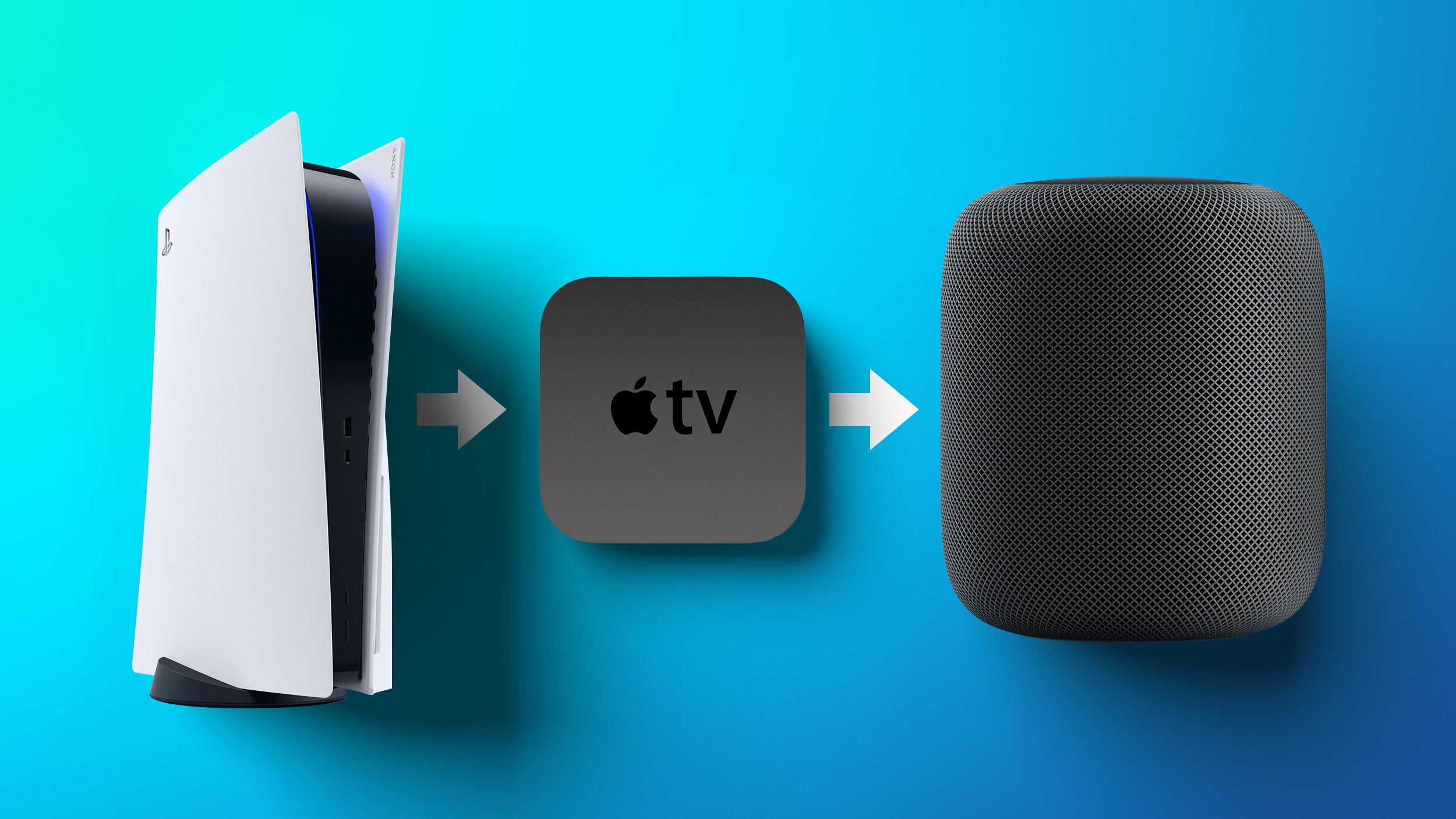How to Build Slim and Fast Docker Images with Multi-Stage Builds
Apps don’t stay simple forever. More features mean more dependencies, slower builds, and heavier Docker images. That’s where things start to hurt. Docker helps, but without the right setup, your builds can quickly get bloated. Multi-stage builds make...

Apps don’t stay simple forever. More features mean more dependencies, slower builds, and heavier Docker images. That’s where things start to hurt.
Docker helps, but without the right setup, your builds can quickly get bloated.
Multi-stage builds make things smoother by keeping your images fast, clean, and production-ready. In this guide, you'll learn how to use them to supercharge your Docker workflow.
Let’s get into it.
Prerequisites
To follow this guide, you should have:
Docker installed and running
Basic understanding of Docker
Some Python knowledge (or any language, really)
Familiarity with the terminal
Here's what we'll cover:
What are Docker Images?
Before we dive into optimization, let’s quickly get clear on what Docker images actually are.
A Docker image is a lightweight, standalone package that has everything your app needs to run – code, dependencies, environment variables, and config files. Think of it as a snapshot of your app, ready to spin up anywhere.
When you run an image, Docker turns it into a container: a self-contained environment that behaves the same on your machine, in staging, or in production. That consistency is a huge win for development and deployment.
Now that we’ve got the basics, let’s talk about making those images smaller and faster.
How to Implement Multi-Stage Builds
Let’s get hands-on by creating a basic Flask app and using a multi-stage build to keep our Docker image slim.
Step 1: Create app.py
from flask import Flask
app = Flask(__name__)
@app.route('/')
def hello():
return "Hello, Docker Multi-stage Builds! 




































































































































































![[The AI Show Episode 147]: OpenAI Abandons For-Profit Plan, AI College Cheating Epidemic, Apple Says AI Will Replace Search Engines & HubSpot’s AI-First Scorecard](https://www.marketingaiinstitute.com/hubfs/ep%20147%20cover.png)
































































































































































































































































_Gang_Liu_Alamy.jpg?width=1280&auto=webp&quality=80&disable=upscale#)









































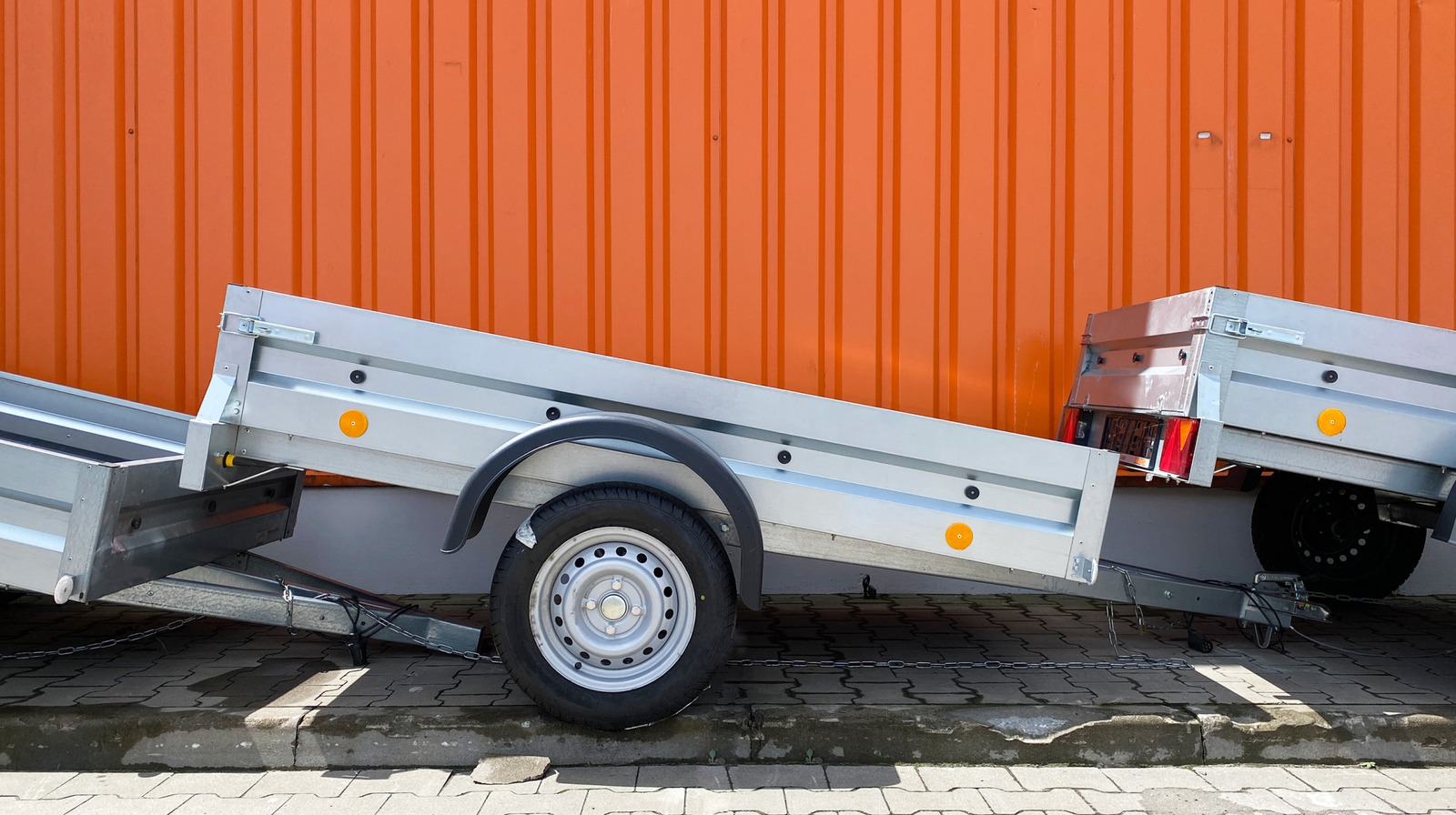
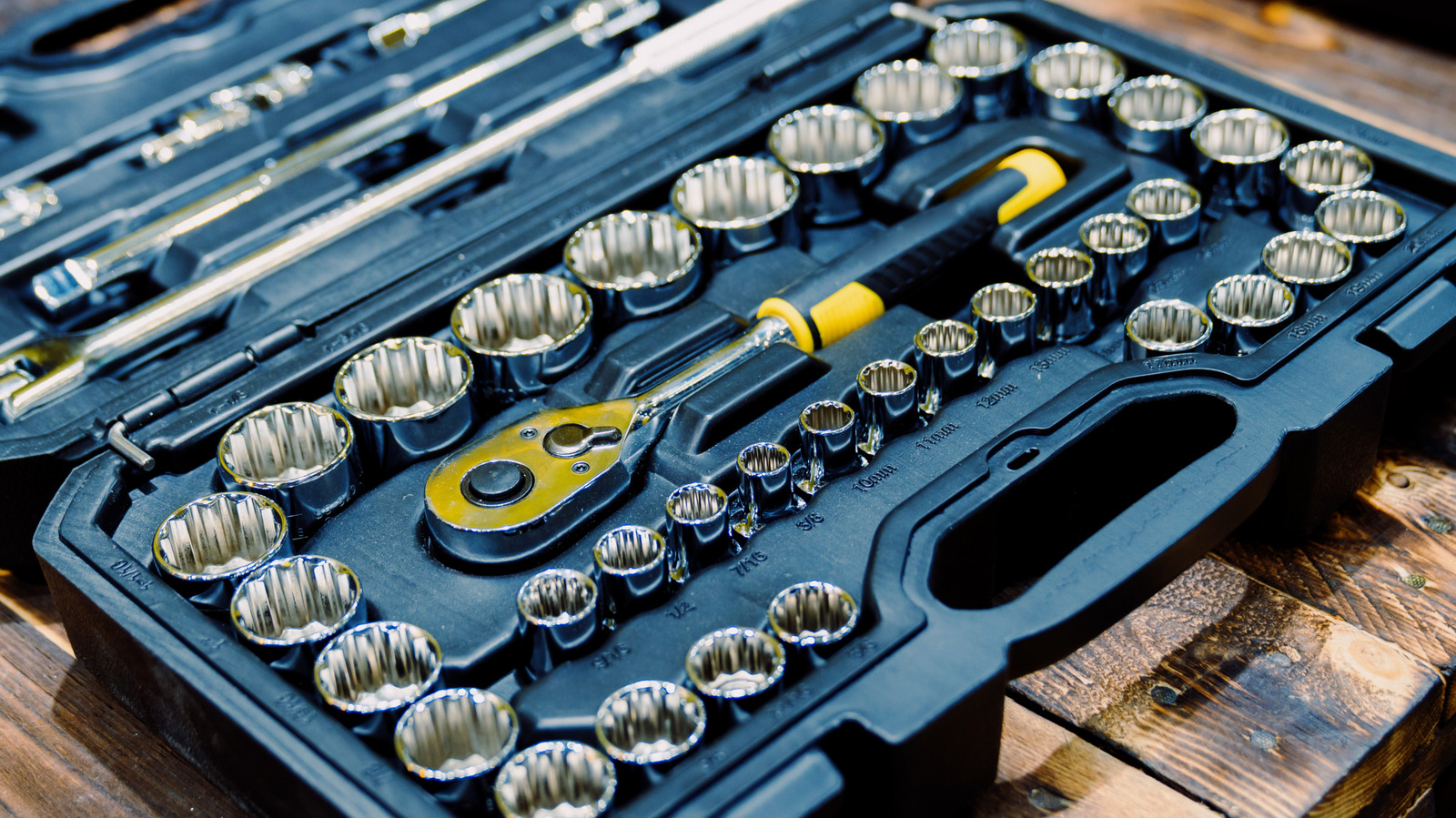

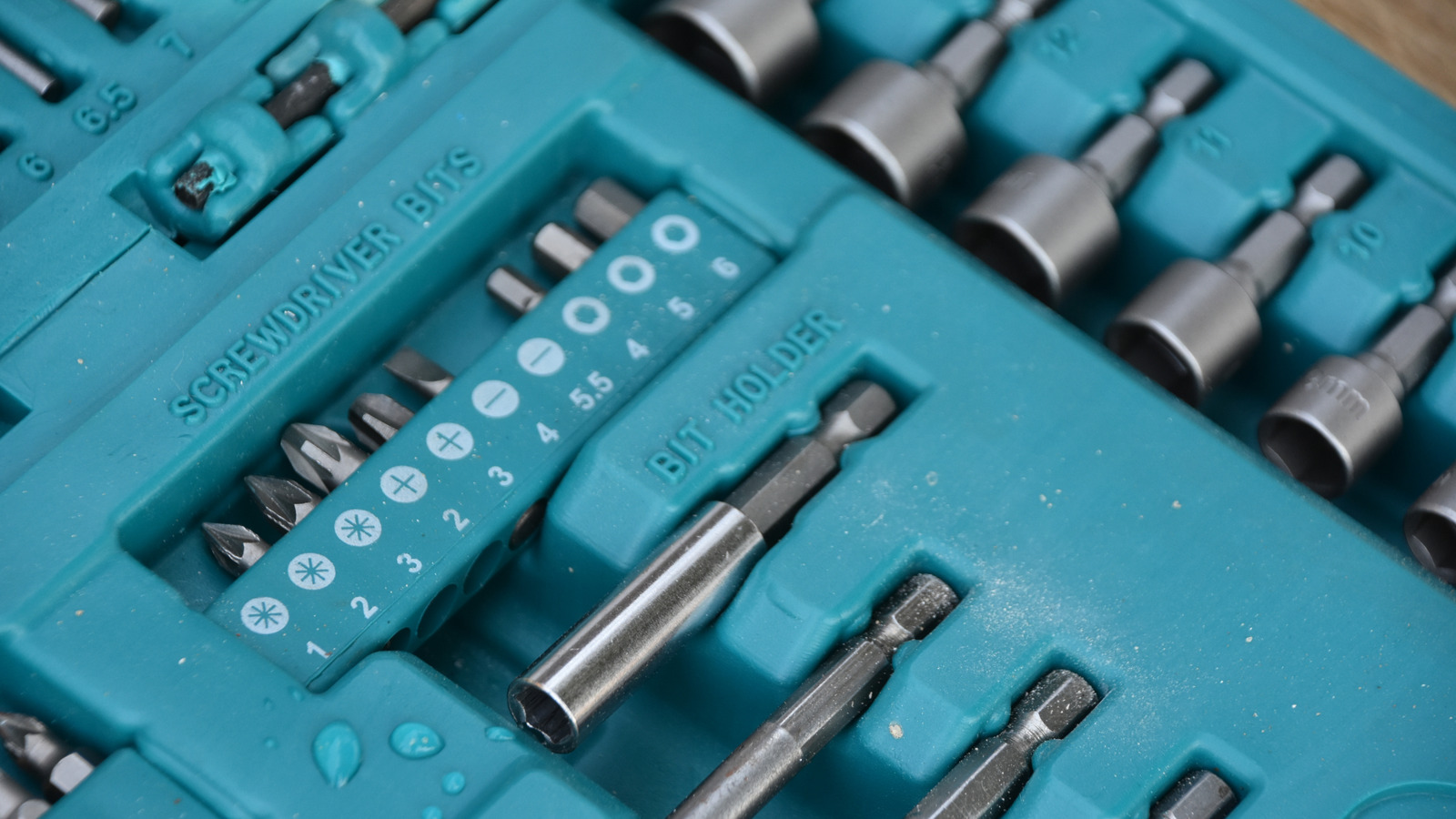







































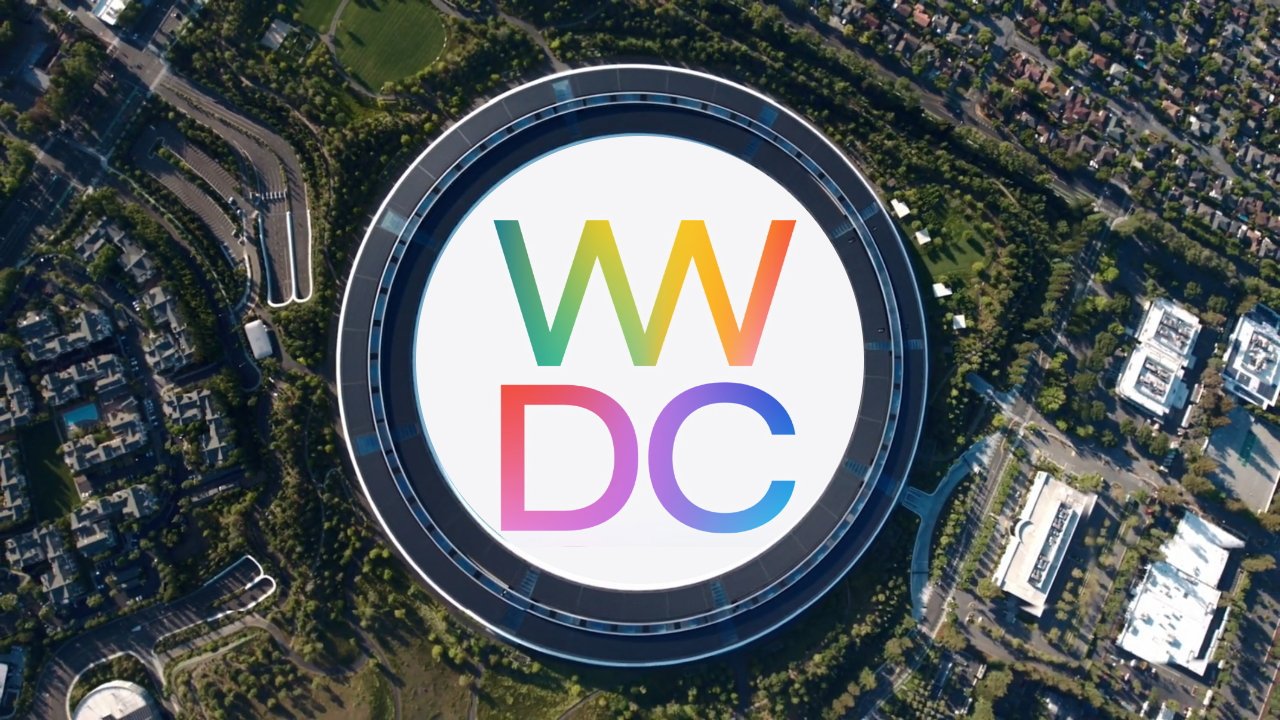




























![Apple's 20th Anniversary iPhone May Feature Bezel-Free Display, AI Memory, Silicon Anode Battery [Report]](https://www.iclarified.com/images/news/97323/97323/97323-640.jpg)

![Apple Planning Bezel-Free iPhone With 'Four-Sided Bending' Display [Report]](https://www.iclarified.com/images/news/97321/97321/97321-640.jpg)











































